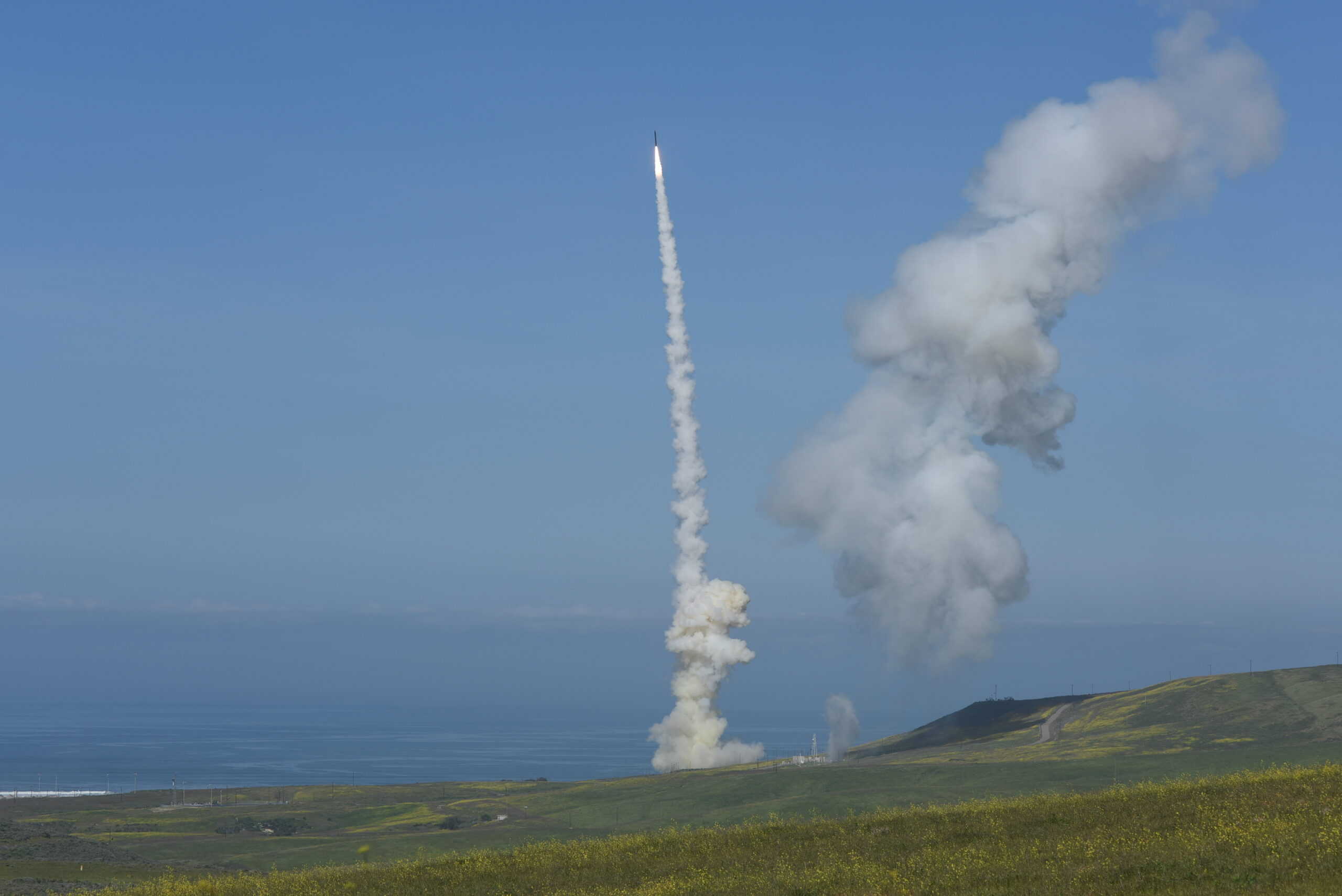
"As artificial intelligence (AI) gains widespread adoption in the public and private sectors, defense is another area where AI will bring about significant changes. While the U.S., China, and Russia are leading in military AI investment, most analysts stress this is not yet an "AI arms race" in the same sense as the nuclear arms race - the technologies are fragmented, uneven, and highly dual-use."
"Even so, as the top militaries around the world invest heavily in AI, an eventual arms race appears certain. The changes will probably not be immediate, but they will be profound. This article will examine four ways in which the advent of AI will change warfare forever. This post was updated on September 24, 2025 to clarify OODA Loop origin, testing of AI in the Navy, cost of Shahed-136 drones, South Korea timeline of manpower issues, and that drones are not performance-equivalent to fighter aircraft."
U.S., China, and Russia lead military AI investment while other middle powers could emerge as significant players. AI technologies are currently fragmented, uneven, and highly dual-use, reducing the immediacy of a full-scale arms race but increasing the likelihood of one over time. AI adoption will accelerate decision-making and alter foundational frameworks like the OODA Loop. The OODA Loop stands for "observe, orient, decide, act," developed by US Air Force Colonel John Boyd in the 1960s–70s from WWII and Korean War aerial-combat observations. Speed of decision-making and disrupting an opponent's process are vital. Recent clarifications note Navy AI testing, Shahed-136 drone costs, South Korean manpower timelines, and that drones are not performance-equivalent to fighter aircraft.
Read at 24/7 Wall St.
Unable to calculate read time
Collection
[
|
...
]